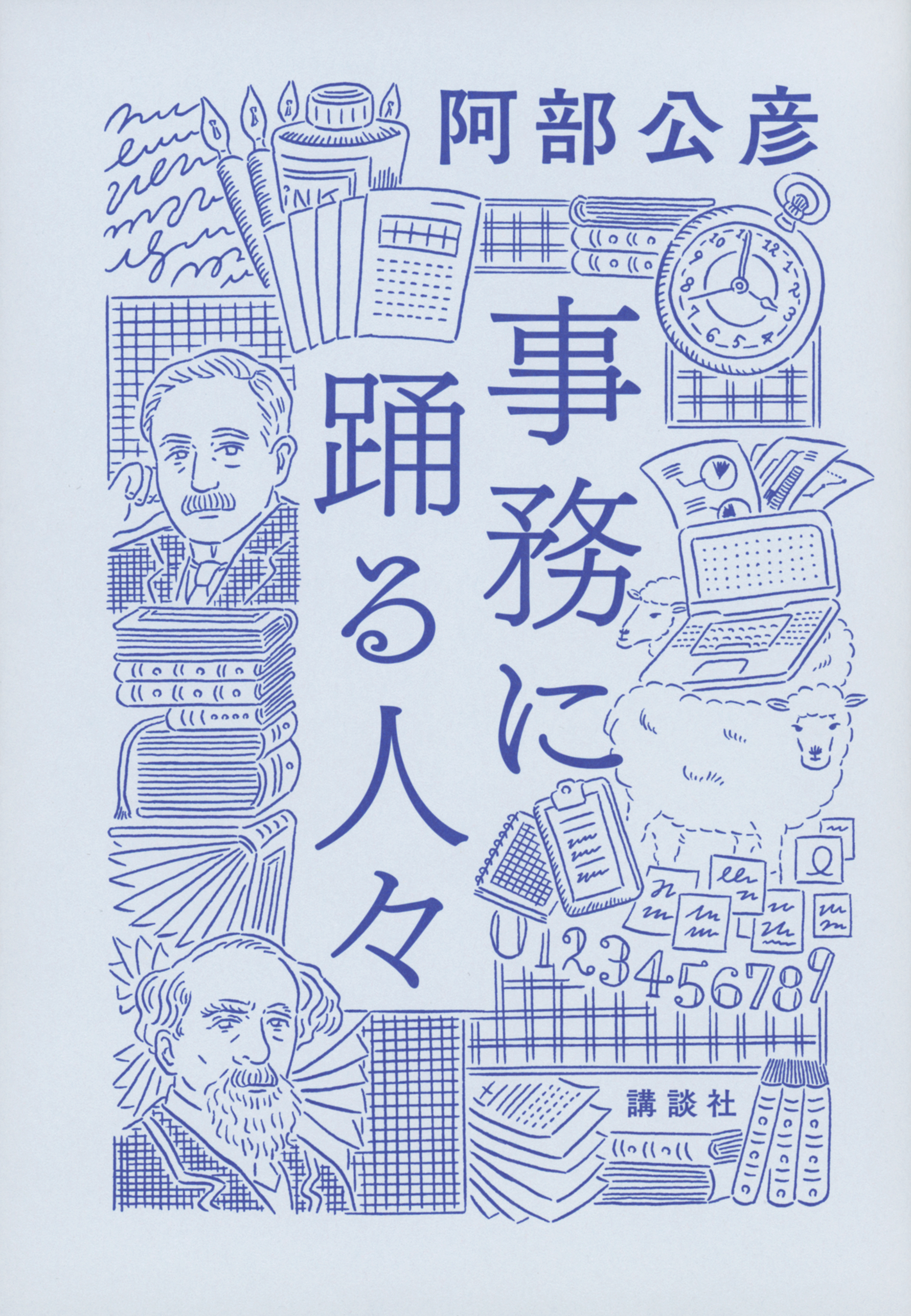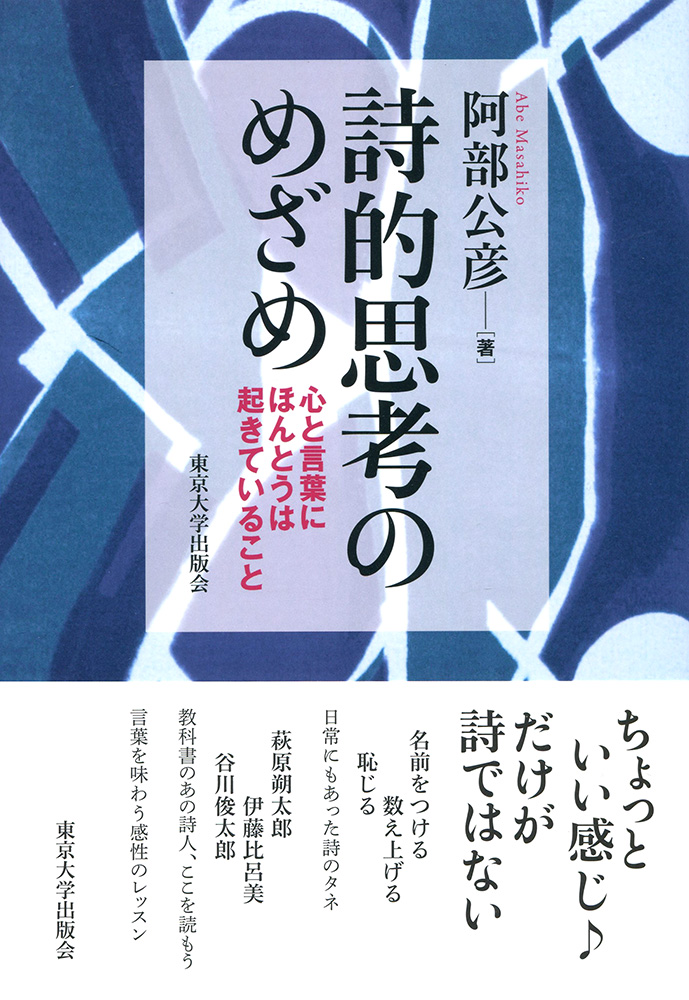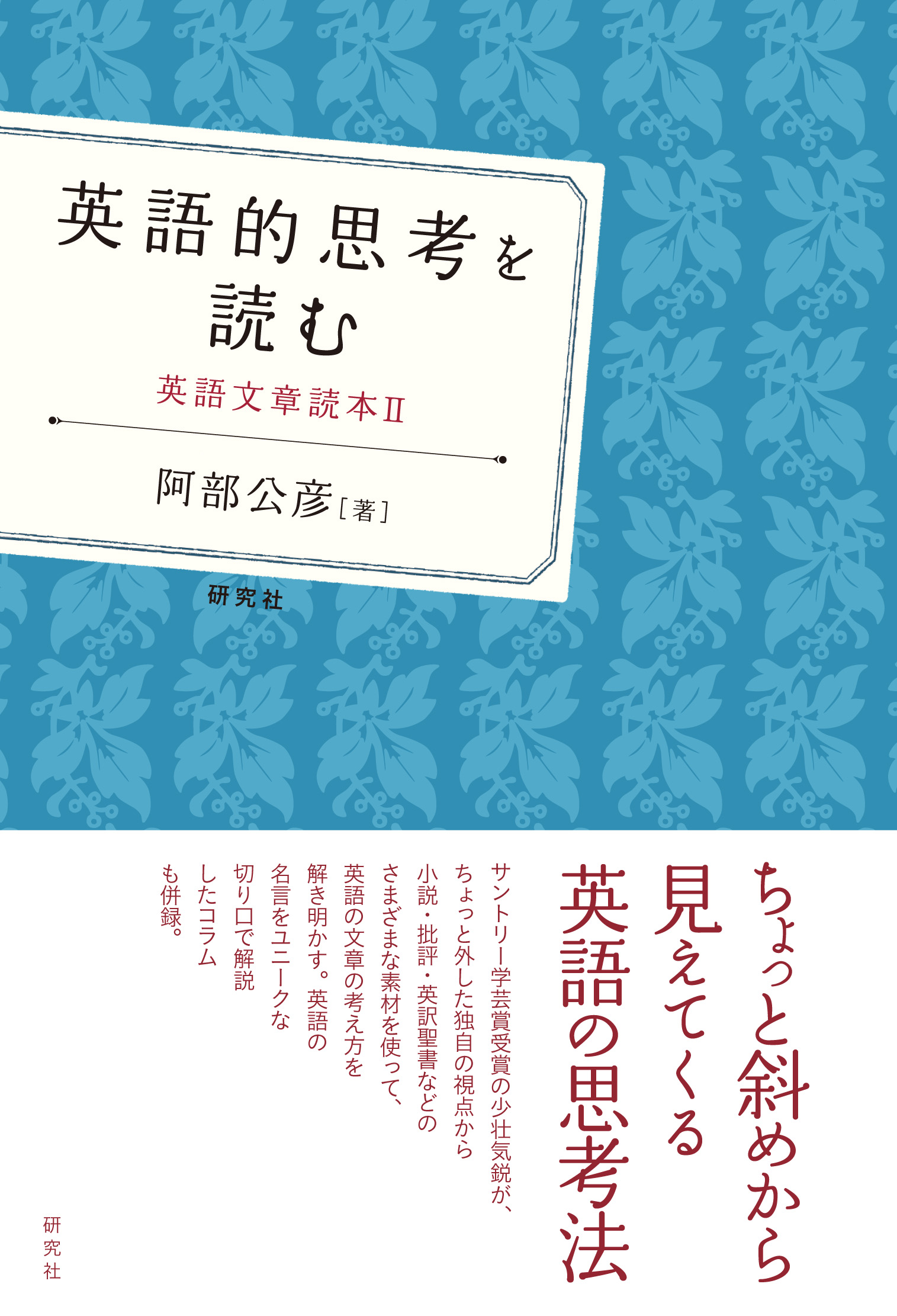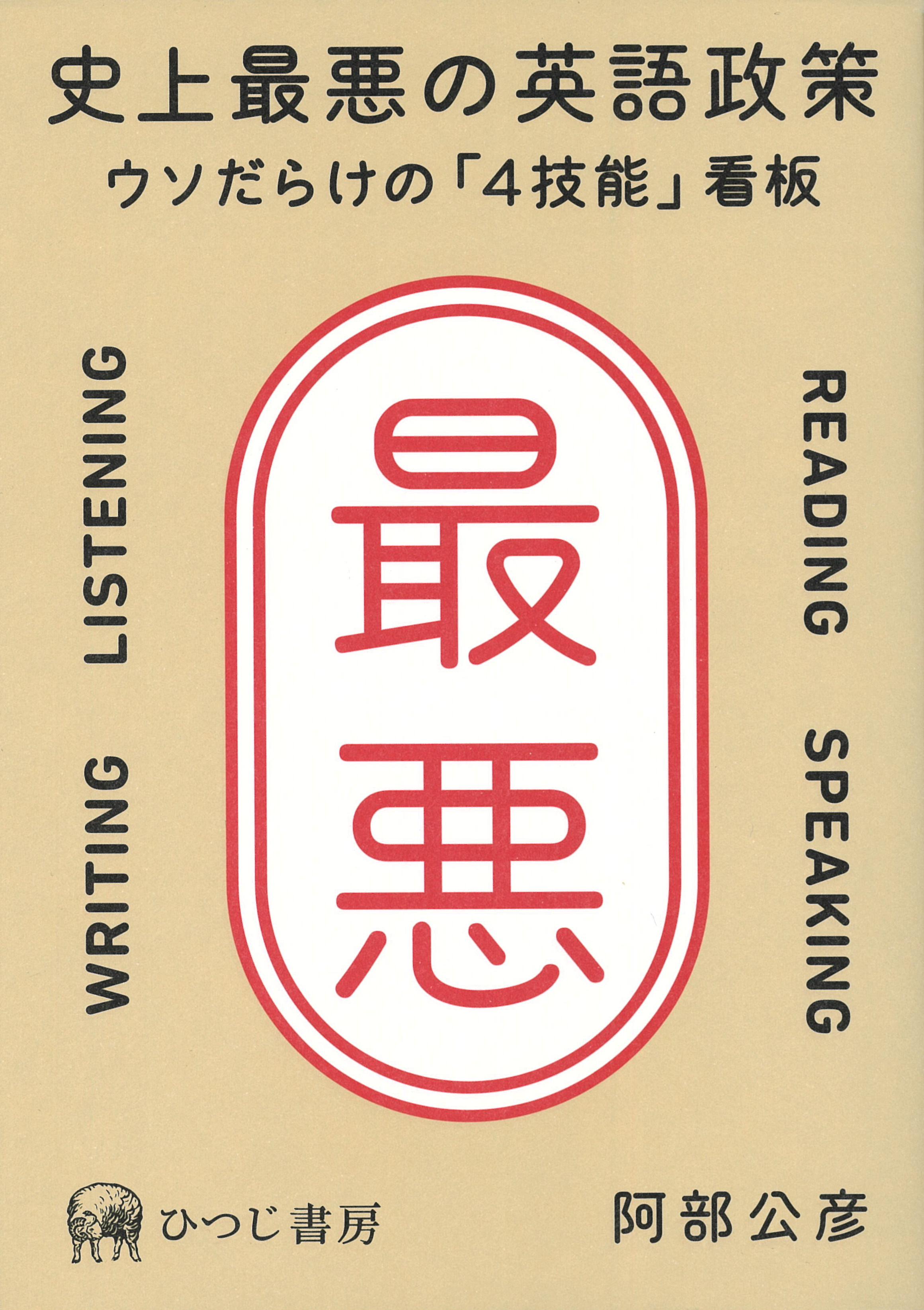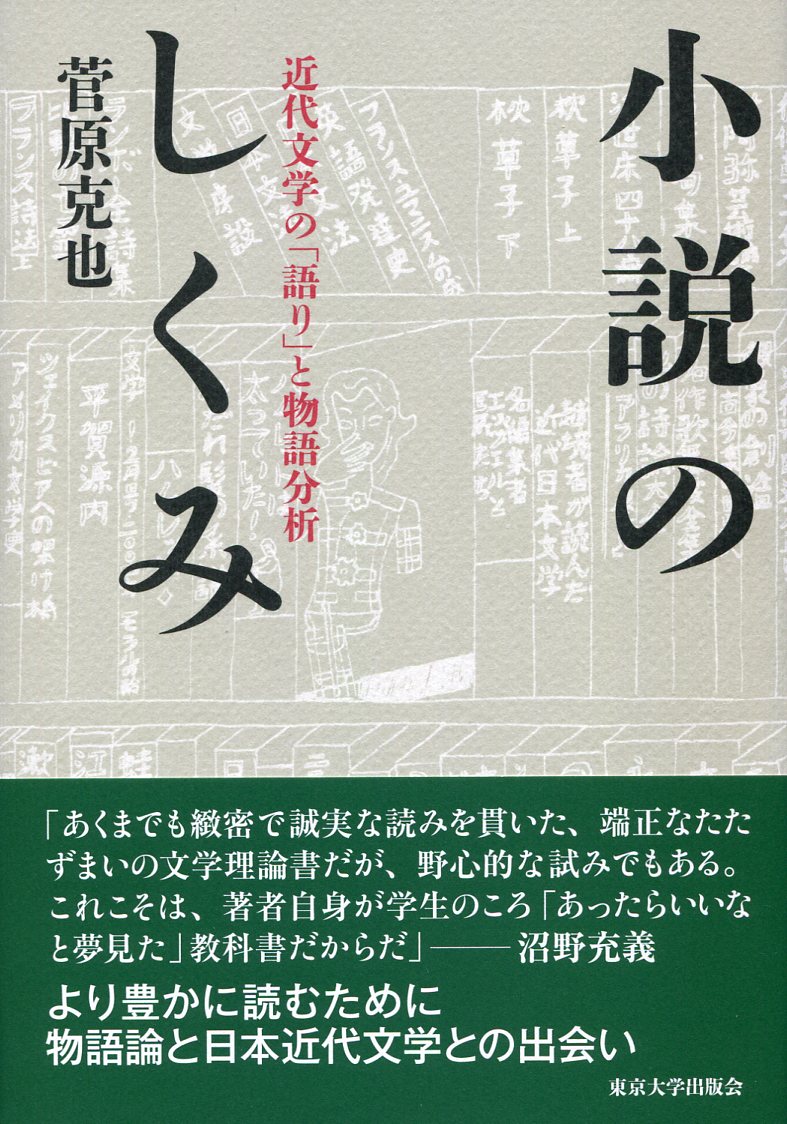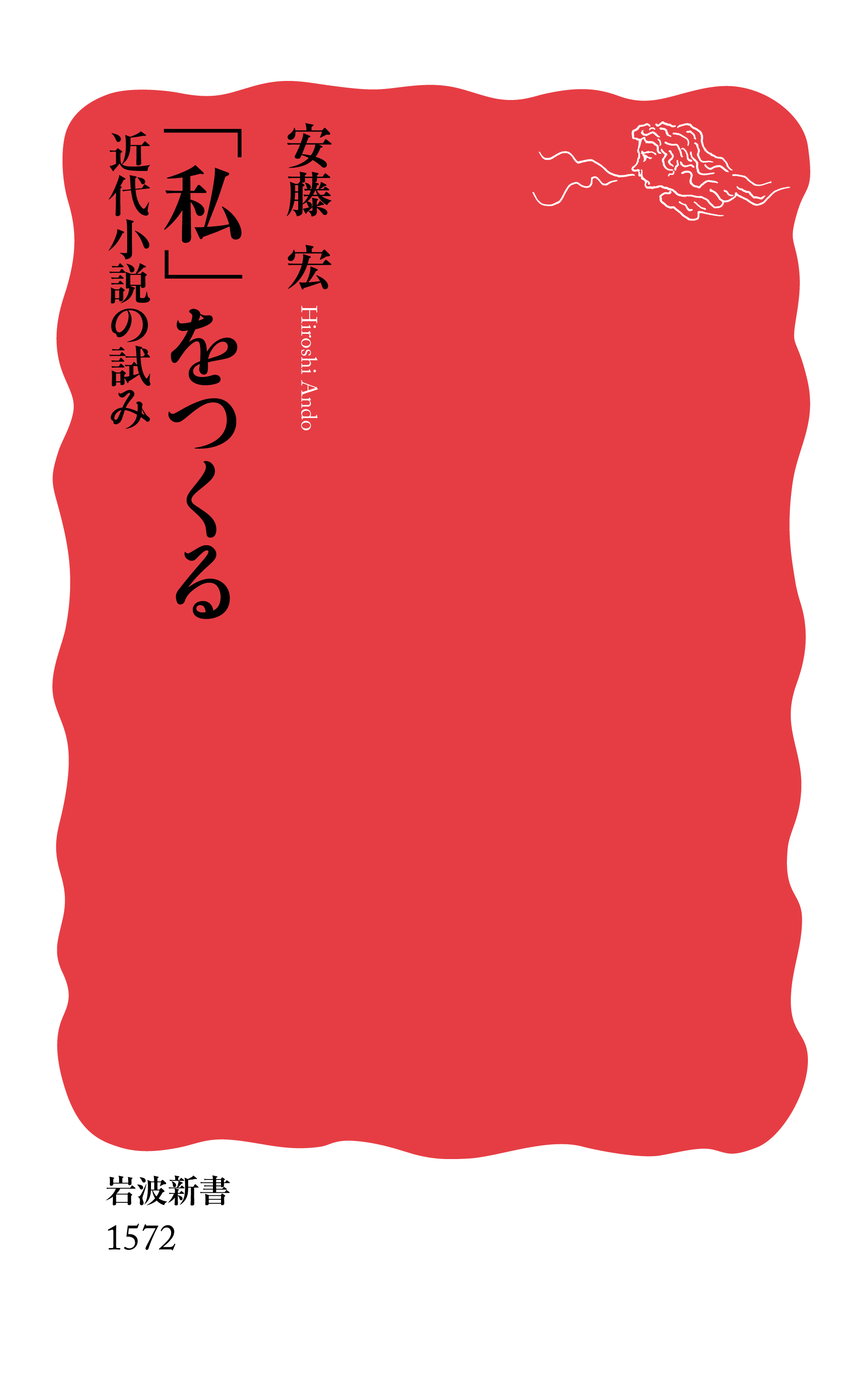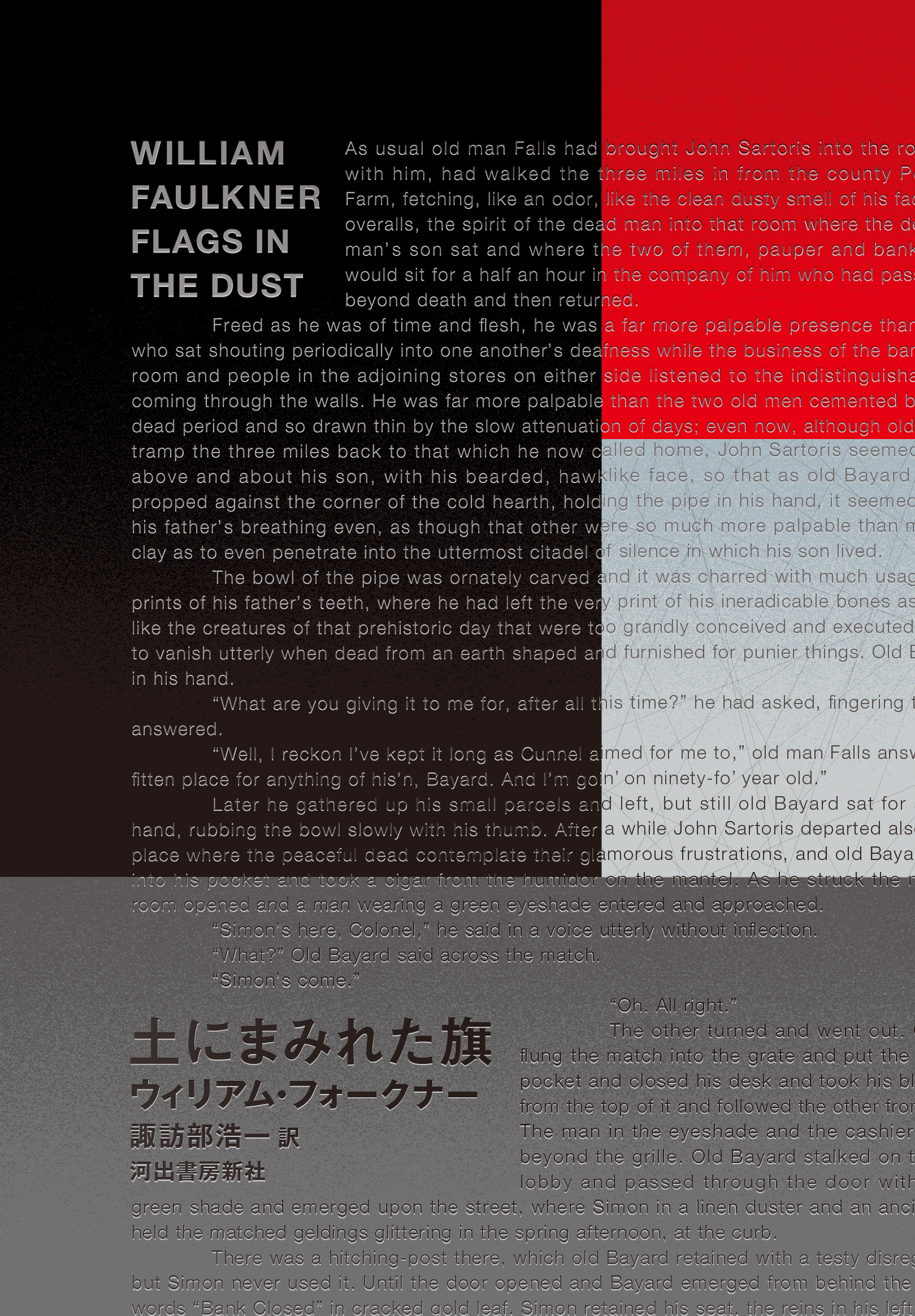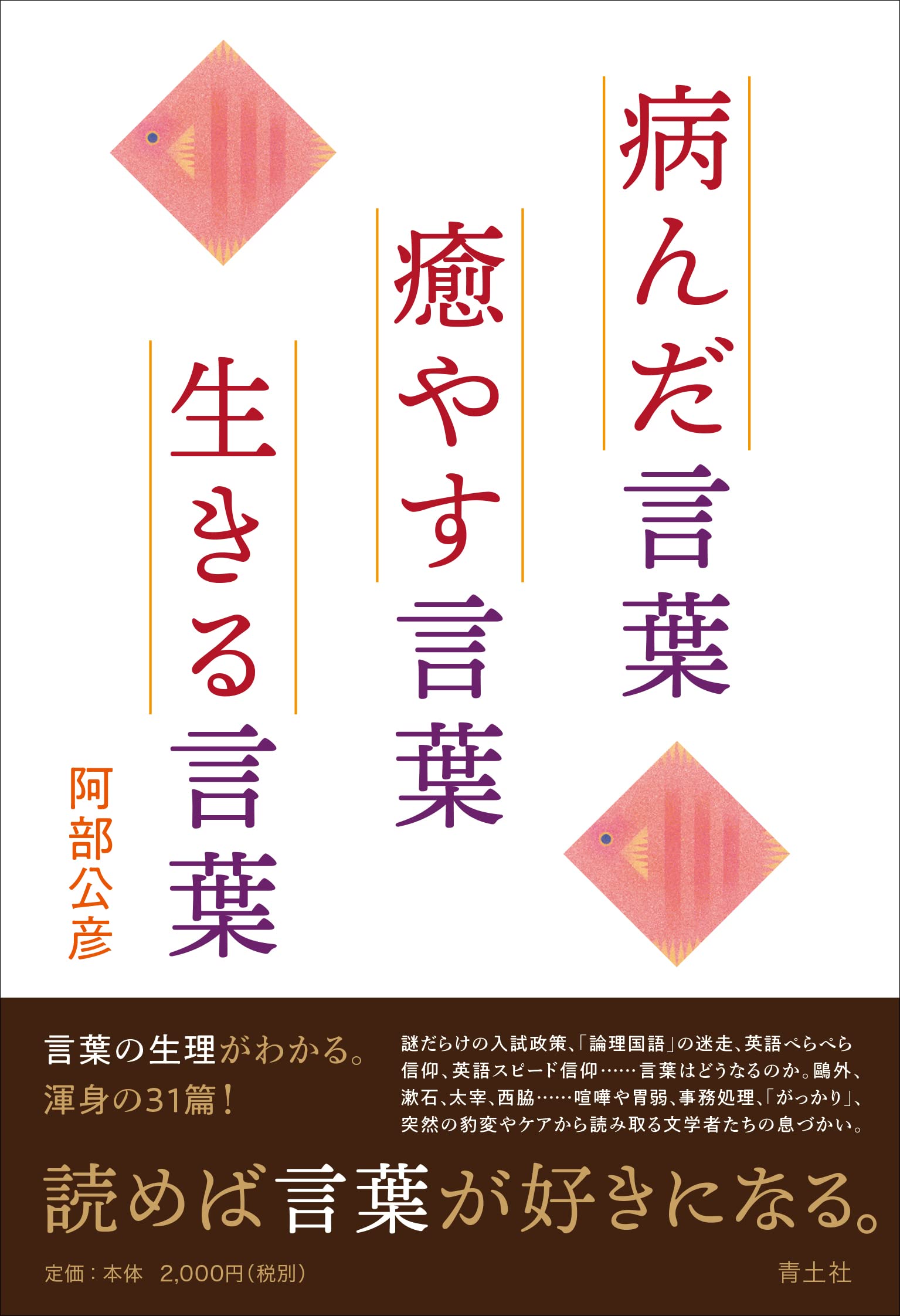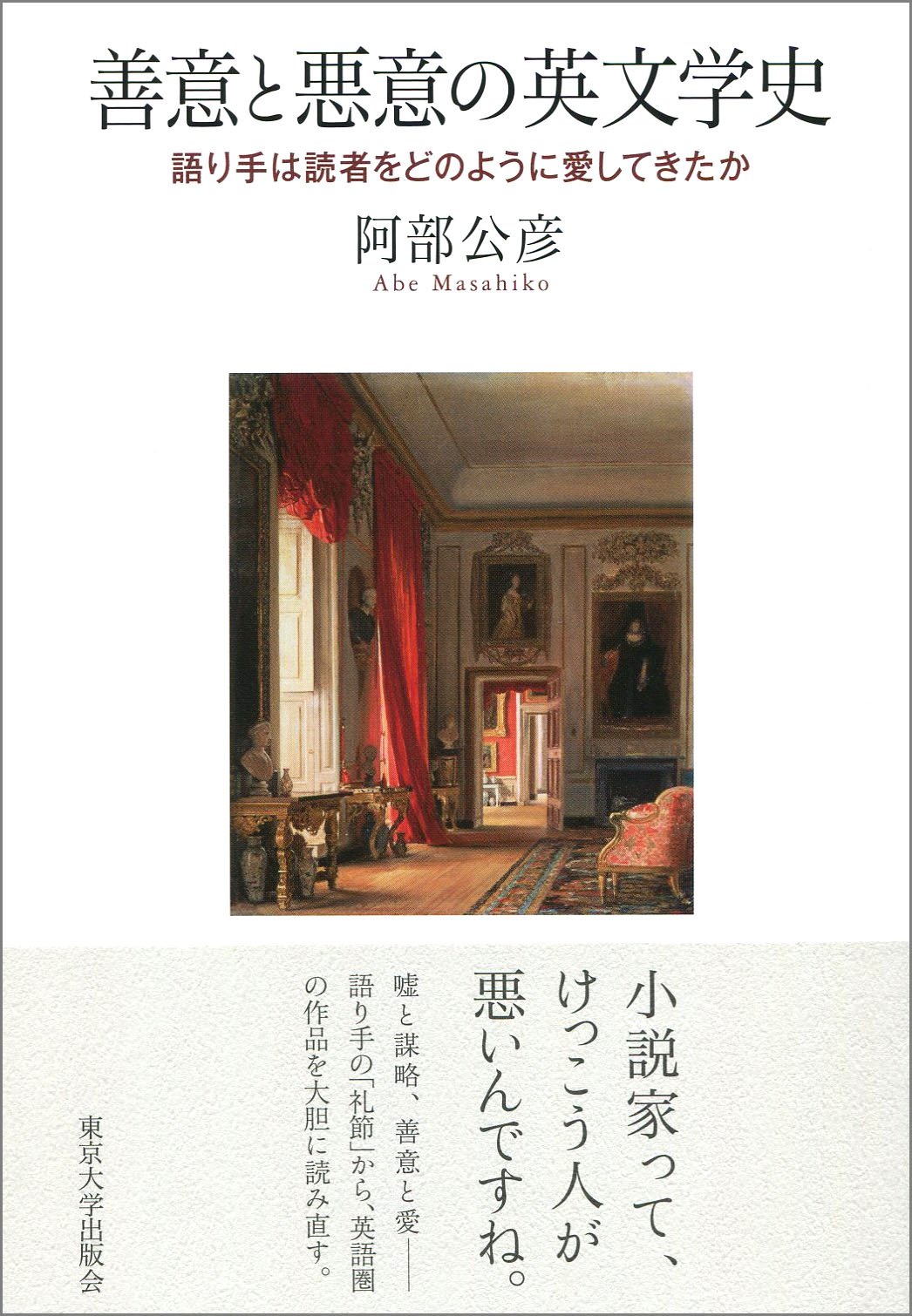
Title
Zeni to Akui no Eibungaku shi (The English Literary History of Good and Bad Intentions - How have narrators come to love their readers?)
Size
304 pages, 127x188mm
Language
Japanese
Released
September 15, 2015
ISBN
978-4-13-080106-5
Published by
University of Tokyo Press
Book Info
See Book Availability at Library
Japanese Page
This book discusses how “good intentions” were expressed and circulated in English-speaking countries such as England, the United States, and Ireland from the beginning of the modern era until the present day by reading literary works that are representative of each of these eras.
Modern novels have skillfully drawn out the various conflicts that arise when people from different countries meet. A major theme in British novels such as in Jane Austen and George Eliot’s works was love affairs or marriage that transcended class divisions. Historically, in the modern era, society and class became more fluid. There were great developments in transportation and various “meeting devices.” With these came increased opportunities to socialize with people not of one’s own class, with whom there would have been no chance of meeting in medieval times or in the early modern era. Modern novels depict how human relationships can be formed under these circumstances. The additional problem of interracial contact and marriage can be found in American novels.
When a person comes into contact with someone with whom they had previously not had the opportunity to meet, someone who had previously been “out of bounds,” whether a character or a relationship between a character and the narrator, there must be various “good intention” signals for the two parties to let down their guard and approach each other. Sometimes people can spot these signals instantly; however, often they are missed or misread. Elizabeth in Jane Austen’s Pride and Prejudice and the narrator of Nathaniel Hawthorne’s The House of Seven Gables function as characters who argue over such readings. We as readers also try to understand them.
There are novels that depict numerous such encounters; however, as it is always necessary to have a procedure to interpret a literary work in the first place, it can also be said that the novel genre itself embodies the meeting process. Those participating in the act of “meeting” read the other person’s intention, thus, shortening the distance between them as they allow their own intentions to be read by the other person. Novels not only depict these mutual readings of intentions but also themselves have intentions to be read and are objects to be read.
In the 20th century, people gradually began to adopt a cautious attitude toward gestures of “good intention.” It was rather “bluntness” or even sometimes “bad intention” that became an effective signal for people to approach one another. When compared with works written in the 19th century, narration, which spoke directly to the readers, decreased in those written in the 20th century. This was related to a sense that somehow barriers had been put up in the language of literary works, making them difficult to read.
Depending on the era, writers and narrators will sometimes increase or decrease that unclear sense of distance between the reader and the character. Furthermore, literary works as a whole have come to express the instability of that distance modern people must endlessly face. By closely examining how these strategies function, this book proposes a new way of reading English literary history.
(Written by ABE Masahiko, Associate Professor, Graduate School of Humanities and Sociology / 2018)



 Find a book
Find a book


 eBook
eBook